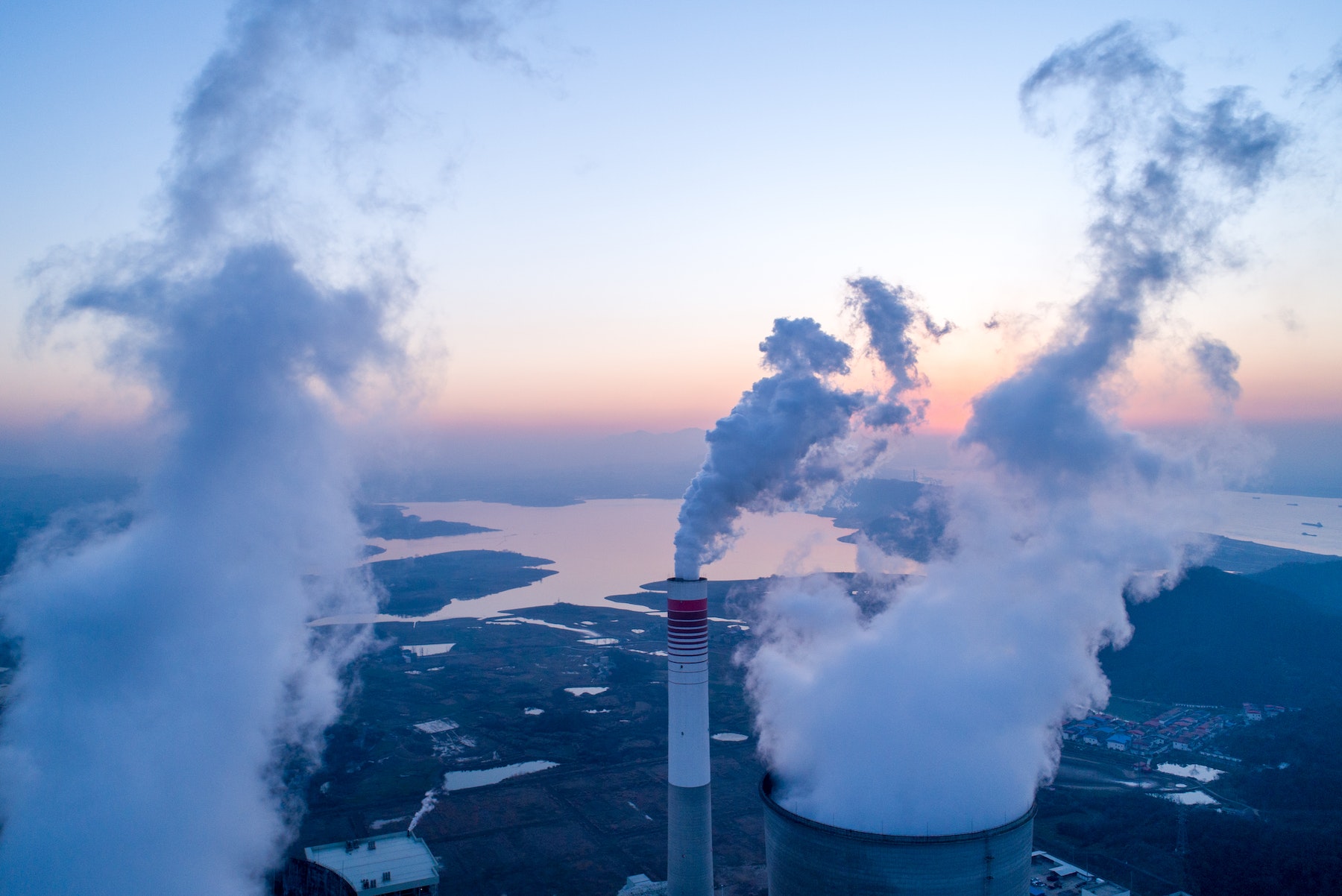Kerby Anderson
Yesterday I talked about the need to have some discernment when reading about energy usage figures cited in news articles. It is also important to put the estimates about carbon dioxide emissions into perspective.
In the past, I have quoted figures from the book How to Avoid a Climate Disaster written by Bill Gates. Some critics have asked why I would quote from him. I do so because he believes we need to focus worldwide attention on climate change but also lives in the real world and understands how difficult it will be to reach zero carbon emissions by 2050.
He explains that less than a quarter of all the CO2 produced comes from “getting around” and “keeping warm and cool.” And that is where the current administration has focused most of its attention.
To put those percentages in perspective, nearly a third of all greenhouse gases are emitted from “making things.” That would be the manufacture of cement, steel, and plastics. To make steel, you must add just the right amount of carbon. One ton of steel produces 1.8 tons of carbon dioxide. To make cement, you need calcium from limestone which also has carbon. One ton of cement emits one ton of carbon dioxide. And you probably know that plastics are formed from carbon in oil and other fossil fuels.
Yesterday, we talked about electricity as it related to overall energy usage. That accounts for another 27 percent. But here’s the problem, nearly two-thirds (coal=36%, natural gas=23%, and oil=3%) of the world’s electricity comes from fossil fuels. You can get carbon-free electricity from nuclear power, but environmental activists oppose that form of energy.
These are just a few of those “inconvenient” facts to remember the next time you see a news story or commentary on climate change and carbon emissions.
 Listen Online
Listen Online Watch Online
Watch Online Find a Station in Your Area
Find a Station in Your Area










 Listen Now
Listen Now Watch Online
Watch Online
